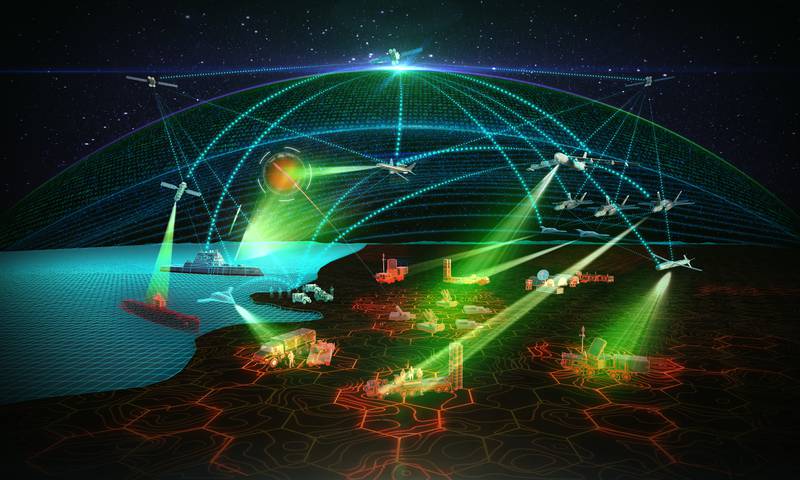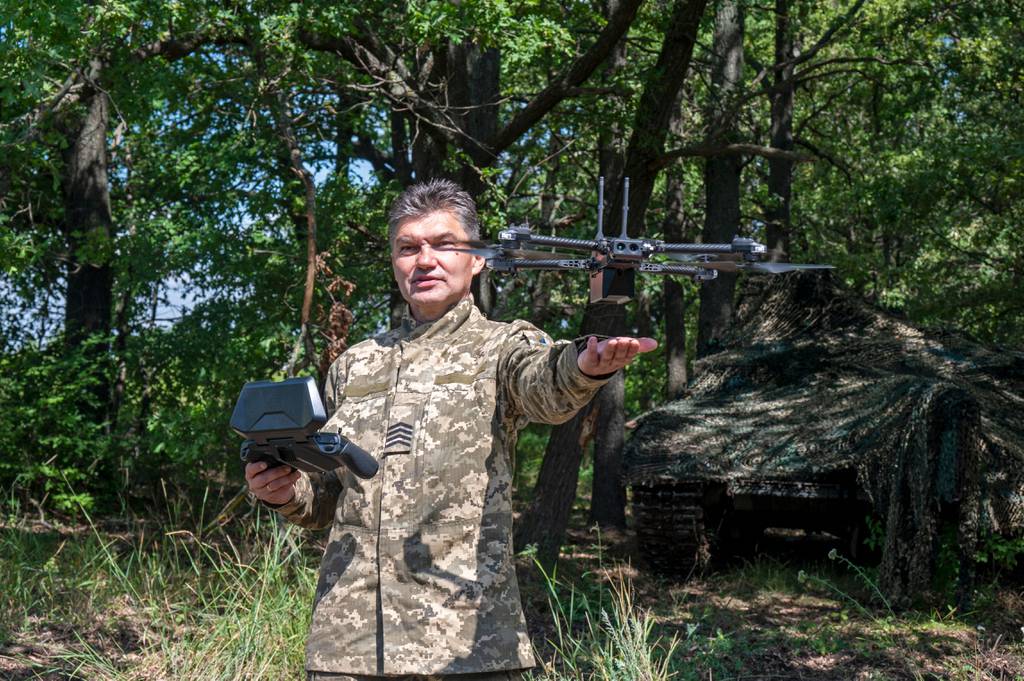SAN ANTONIO — The three-star general spearheading the U.S. Air Force’s information warfare efforts foresees a sustained future for drones in the military, as nations monitor, analyze and attempt to outfox each other from greater and greater distances.
Asked Dec. 15 if he thinks uncrewed aerial systems will “become important†to his organization, Lt. Gen. Kevin Kennedy, the commander of the 16th Air Force (Air Forces Cyber), told the Department of Defense Intelligence Information System Worldwide Conference in San Antonio: “Yes.â€
“I’m in competition most of the time, and I’m trying to produce a nominal baseline of the environment — what is normal behavior, so I can understand what’s abnormal behavior?†Kennedy said onstage in Texas. “I think drones have a very, very significant play in that.â€
RELATED

Military adoption and deployment of drones has ballooned in recent years, with the Russia-Ukraine war pushing their use into the popular spotlight. Footage captured by drones can not only inform military planning and strikes, but can also drive narratives and shape public perceptions, a facet of information warfare.
The U.S. has so far pledged thousands of unmanned systems to the frontlines in Eastern Europe, where they are used to dive bomb and reconnoiter, among other tasks. Washington has also promised counter-UAS capabilities, including the L3Harris Technologies-made Vehicle-Agnostic Modular Palletized ISR Rocket Equipment, or VAMPIRE, to address airborne Russian threats.
The VAMPIRE uses laser-guided munitions to hit ground or air targets, including drones. At the Association of the U.S. Army trade show in October, L3Harris displayed it with the Land-LGR4 rocket launcher from Arnold Defense and Electronics and the Advanced Precision Kill Weapons System laser-guidance package made by BAE Systems, Defense News reported.
Kennedy on Thursday said drones offer a flexible and relatively expendable means of intelligence gathering and long-range understanding. Uncrewed assets can be floated into more-dangerous environments, where troops would otherwise dare not tread.
“The other thing too: An unmanned system, I can put into a place that I’m not going to put a manned system, with a different risk profile,†said Kennedy, who previously served as the director of operations for U.S. Cyber Command. “Also, it decreases the possibility of miscalculation.â€

Drones can be outfitted with a range of equipment, including imaging or sensing for intelligence, surveillance and reconnaissance purposes.
Outside the Air Force, the Army is looking to air- and ground-launched platforms, such as drones, to more effectively wage electronic warfare amid a Pentagon push to modernize arsenals. By outfitting so-called ALEs and GLEs with kit capable of jamming, spoofing or spying, the platforms could help deter and neutralize technologically advanced adversaries, such as China and Russia.
“Policymakers, military commanders, will be looking for what is the adversary doing, what is their intended outcome, and how are we postured to create an advantage in this crisis, mitigate this crisis, or, in some cases, just manage this crisis, so it doesn’t have horizontal or vertical escalation,†Kennedy said. “And in that case, informational warfare outcomes, whether it’s ISR, cyber, EW, or IO, come into play as well.â€
Colin Demarest was a reporter at C4ISRNET, where he covered military networks, cyber and IT. Colin had previously covered the Department of Energy and its National Nuclear Security Administration — namely Cold War cleanup and nuclear weapons development — for a daily newspaper in South Carolina. Colin is also an award-winning photographer.








